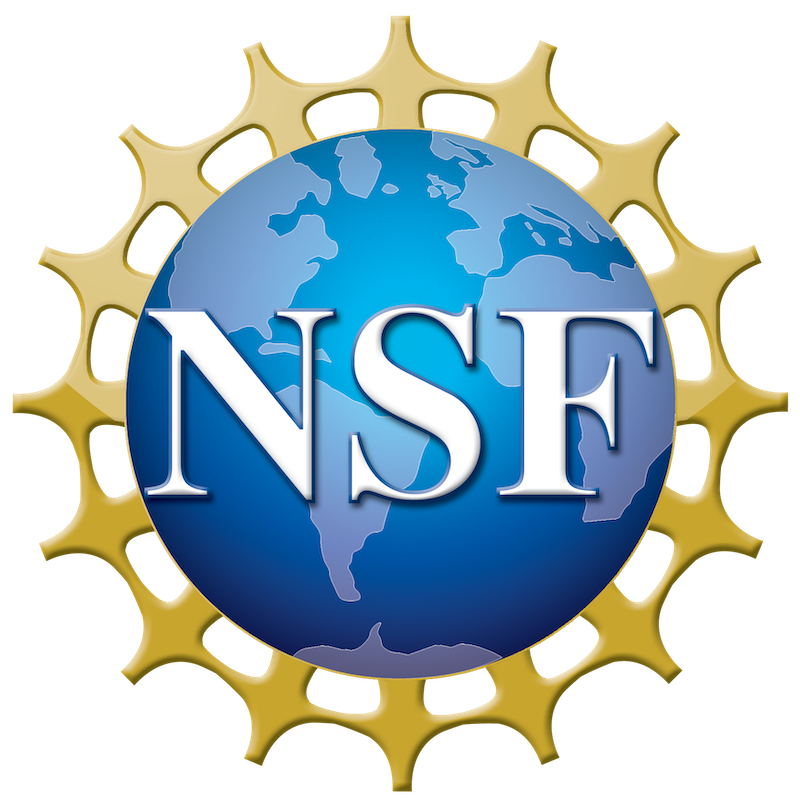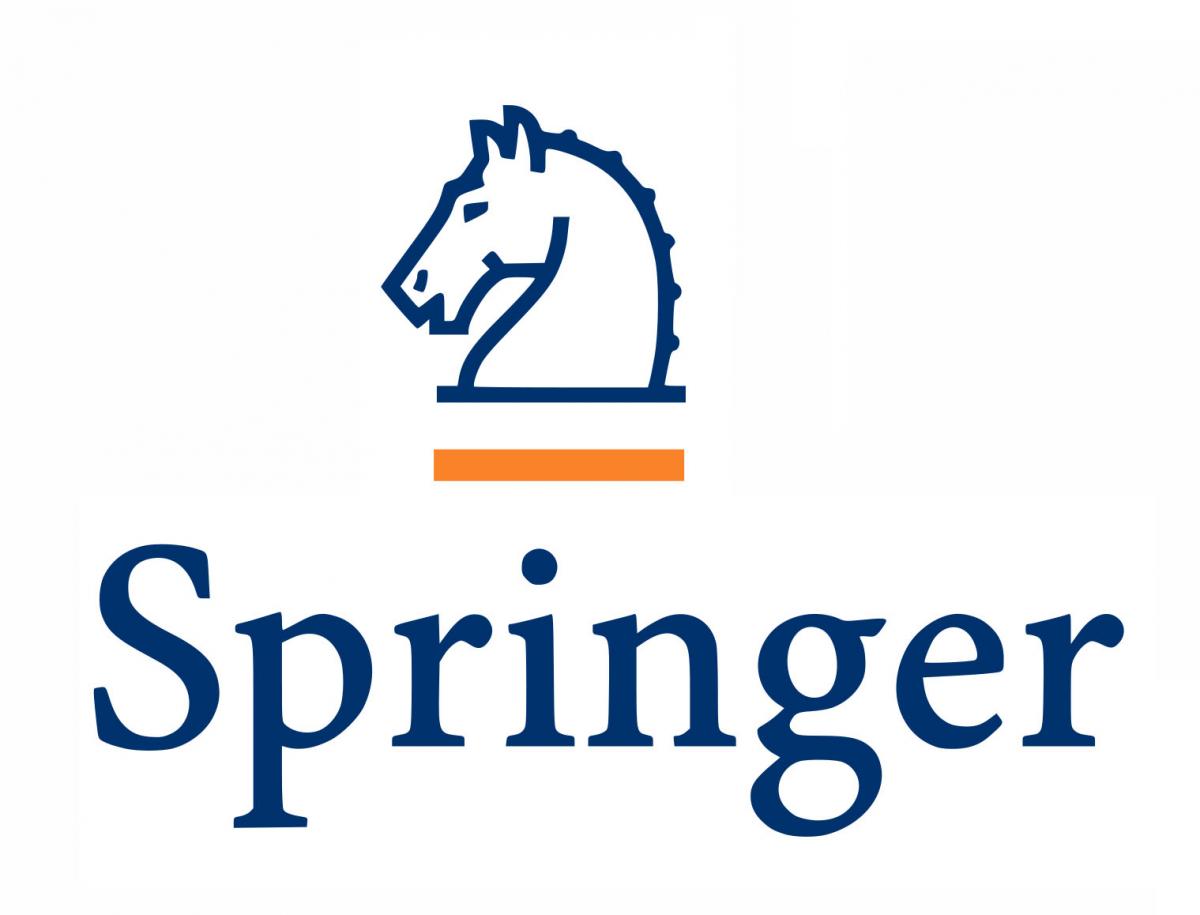Shiva Rudraraju, University of Wisconsin-Madison
Hector Gomez, Purdue University
Christian Franck, University of Wisconsin-Madison
Krishna Garikipati, University of Michigan
The mechanical response of biological cells and cell-scale structures is central to understanding their development, functioning, interactions, influence on physiology and related disease conditions. There is an increased awareness and appreciation of the mechanical and mechanobiological underpinnings of various biological phenomena like evolution of biomembranes, cytoskeletal dynamics, embryogenesis, cell division, collective cell motion, cell packing in tissues and tumors, wound healing, role in tissue formation and regeneration, to name a few. Given the invariable complexity (multi-scale, multi-physics, and multi-phase) of these phenomena, one often needs advanced theoretical, experimental and computational techniques for modeling the underlying movement, mechanics, mechano-chemistry, phase evolution and configurational change processes. The goal of this minisymposium is to foster a vibrant discussion on the development of mathematical models, numerical methods, and computational simulations to study mechanics and mechanobiology in biological cells and cell-scale structures. The scope of the phenomena being modeled or investigated can range from intra-cell to single cell and cell aggregates. Numerical methods include, but are not limited to, multi-phasic material modeling, computational mechanics, phase field modeling, level set methods, particle-based methods and machine learning.











